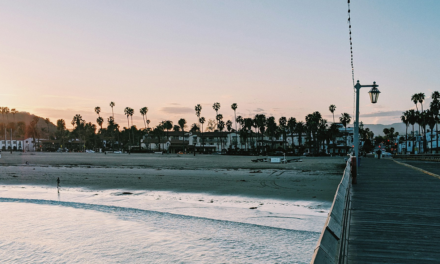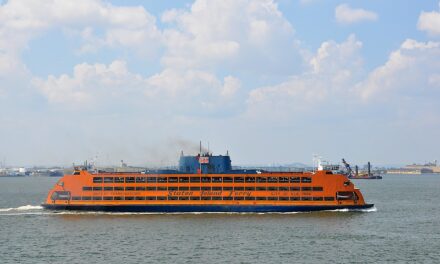Nestled in the heart of Orange County, Irvine’s history is unique in its intentionality; from the outset, it was designed to be a balanced environment for living, learning, and working.
Unlike cities that evolved organically, Irvine was master-planned, with careful thought put into every park, business, and school within its borders.
Table of Contents
From Ranches to Research: The Transformation of Irvine
Irvine’s journey from sprawling ranches to a vibrant city reflects a transformation that’s both rapid and strategic.
The land that constitutes modern-day Irvine was originally part of the massive Irvine Ranch, which was primarily used for agricultural purposes until the mid-20th century.
The Master Plan: Crafting a City
In the 1960s, the concept for the City of Irvine was born, spearheaded by the Irvine Company and architect William Pereira.
Their vision was a city that would accommodate a growing population while preserving open space and offering high-quality public services.
The Birth of a University and a Community
A significant milestone in Irvine’s history was the establishment of the University of California, Irvine, in 1965.
The university became a catalyst for growth and innovation, attracting a diverse population and fostering a culture of education and research.
Diversification and Growth: Irvine’s Economic Landscape
Over the decades, Irvine has become a hub for technology, education, and health sciences.
Its diverse economy is supported by a network of businesses and institutions that contribute to the city’s prosperity and high quality of life.
Modern-Day Irvine: A Testament to City Planning
Today, Irvine is often cited as one of the safest and greenest cities in America.
It stands as a testament to the success of its master plan, which has created a well-organized, thriving community that many other cities aspire to emulate.
Q&A: Unpacking the Intricacies of Irvine’s Development
Q: What were the core principles behind Irvine’s master plan?
A: The master plan for Irvine was built on principles of environmental stewardship, community connectivity, and sustainable growth, ensuring a balance between development and preservation.
Q: How has the University of California, Irvine influenced the city’s culture?
A: The University of California, Irvine has been a beacon of cultural and intellectual growth, shaping the city’s identity as an educated and progressive community.
Q: What role does technology play in Irvine’s economy?
A: Technology is a cornerstone of Irvine’s economy, with numerous tech companies headquartered in the city, driving innovation and job creation.
Q: How has Irvine maintained its reputation as one of America’s safest cities?
A: Irvine’s safety record can be attributed to thoughtful urban planning, community policing strategies, and a collaborative relationship between residents and law enforcement.
Q: In what ways has Irvine’s commitment to green spaces contributed to its community?
A: Irvine’s green spaces provide recreational opportunities, support biodiversity, and contribute to the city’s overall health and well-being.
Q: What challenges does Irvine face today, and how is it addressing them?
A: Despite its successes, Irvine faces challenges like any growing city, including housing affordability and traffic congestion, which it addresses through policy adjustments and continued commitment to smart city planning.
Irvine’s Ongoing Innovation
The history of Irvine is a chronicle of visionary planning and community development.
As the city looks toward the future, it holds onto the lessons learned from its past—lessons of intentionality, community involvement, and the pursuit of a balanced urban life. Irvine’s story is ongoing, with each new development adding to the richness of this planned city’s legacy.
How will future residents and leaders write the next chapters in Irvine’s history, and how will the city evolve while staying true to the principles that have made it a model of modern living?





